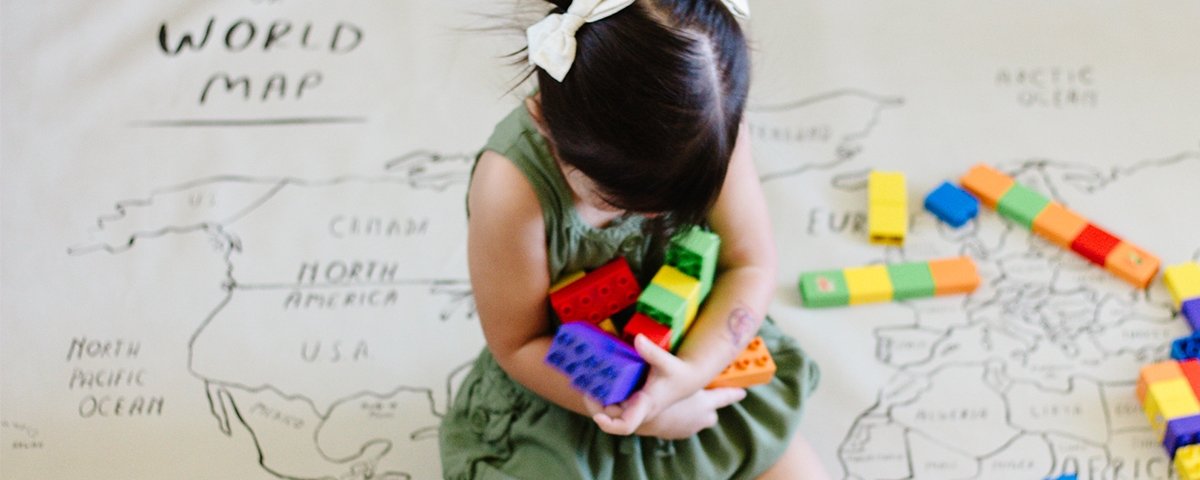A PSA On Open-Ended Play
What is open-ended play? Open-ended play lets kiddos express themselves freely and creatively during play, while not being bound by preset limitations. Some terrific examples of open-ended materials are building blocks! Blocks without a pre-set theme allow for multiple uses and limitless possibilities!
During playtime, our kiddos engage in games and activities where the primary focus is FUN! This is great. We want to prioritize fun and creativity. Open-ended play provides the opportunity for your kiddo's to develop and strengthen their imagination, social and emotional intelligence, and general intellectual growth.

Open-Ended Play Is Best Practiced Independently
Blocks are one of the best toys to keep the children engaged. Our eco-friendly Building Blocks are your life raft! Open-ended block play allows children to get creative, problem solve and strengthen a host of vital developmental skills. Best of all, this works better without your facilitation... In other words, bust out some earth friendly blocks, get your favorite face mask and put your feet up...
Benefits Of Open-Ended Block Play For Babies And Toddlers Age 18-24 Months
As blocks become a consistent thing in your home, you will be able to see this progressive stages of block play with your child! Rylee Matangi of PurposefulToys.com, mom to three and Child Development Specialist, breaks down the various stages of open-ended block play:
Stage 1: Tote and Carry. This stage is usually for infants and toddlers 18-24 months. At this stage the child is using the blocks by carrying them from place to place. Maybe they are adding the blocks to a grocery cart and wheeling them around, or adding them to a basket and carrying them from place to place.
Stage 2: Building. This is when building begins. The child will begin stacking blocks on top of each other to create one vertical tower. This typically starts around age two.
Stage 3: Bridging. At this stage a child a begins forming bridges by connecting two pieces by a third piece. This usually happens around 2.5-3 years of age.
Stage 4: Enclosures. This is the stage when children begin to form enclosures with their blocks. At this stage they may also begin adding an element of dramatic play into their block play by adding things such as animals or cars with their enclosures.
Stage 5: Representational Building. This stage of block play is when structures not only have bridging, but exemplify forms of symmetry, balance and consistency in their structures. Their building blocks represent building structures more fully at this stage.
Stage 6: Complex Structures. At this stage children are adding complex structures to their building. This could be adding a curve rather than straight lines, having multiple levels in their structures, and even mixing blocks such as foam blocks with wooden blocks or adding other various elements to a more detailed structure.
Have you tried open-ended play with blocks?! Tell us about it in the comments below!
